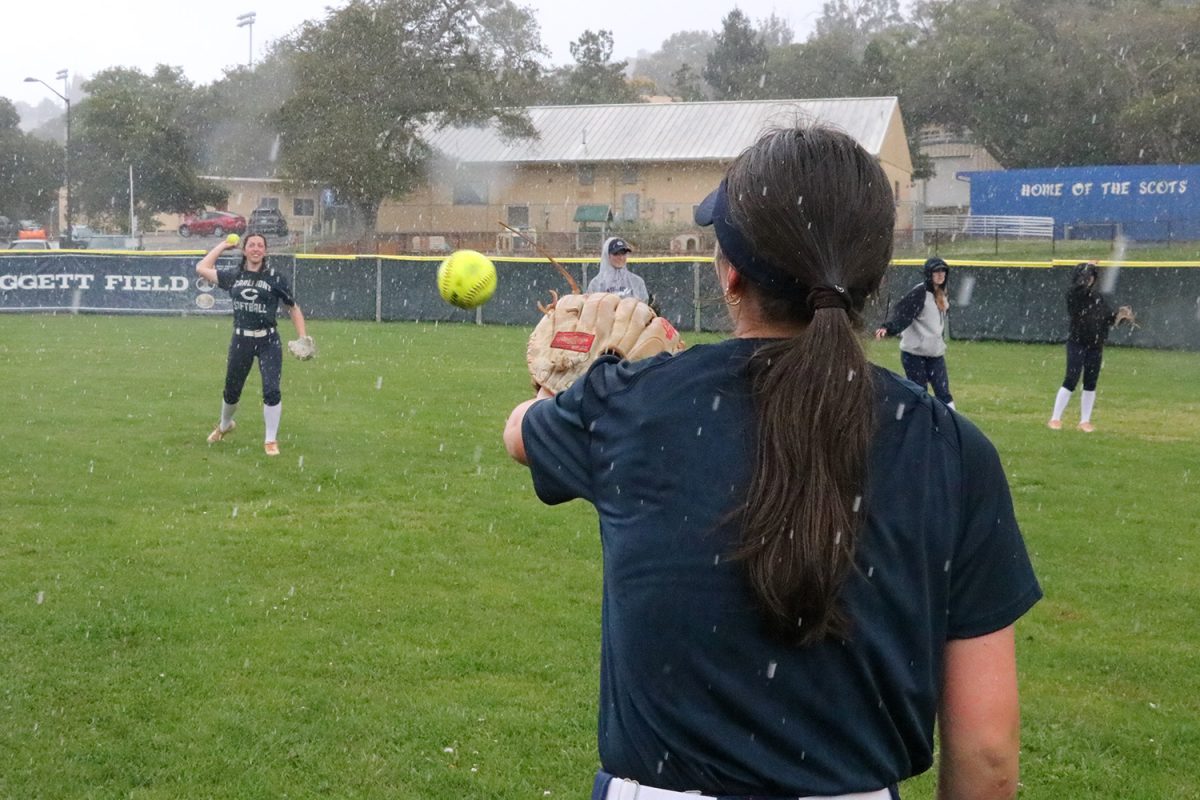A Red Flag Warning across the Bay Area intensified concerns for nearby communities as gusty winds and dry conditions pushed fire risk to critical levels.
The National Weather Service issued a Red Flag Warning on Oct. 17 for the Bay Area and Central Coast, prompted by dry and windy conditions. Gusts reached 65 mph in some areas, raising concerns that wildfires would be triggered across the region.
“Red Flag Warnings are issued 12-24 hours in advance of frequent wind gusts of over 25 mph and relative humidity at 15% or less,” said National Broadcasting Company (NBC) Bay Area meteorologist Kari Hall.
As a result, many local hiking areas, such as the Waterdog Lake Open Space and Sheep Camp Trail, were closed to minimize fire risks. Residents were also advised to take precautions, including not using metal tools in gardens, as sparks could easily ignite dry vegetation, and small fires could spread rapidly.
The National Weather Service lifted the Red Flag Warning on Oct. 19 when gusty offshore winds across the Bay Area began to subside. Still, fire danger remains high due to persistently low humidity levels and low October rainfall.
Previous wind-driven fires have had devastating consequences on the community, this includes the 1991 Oakland Hills fire, which destroyed thousands of homes.
Diablo winds, similar to Santa Ana winds in Southern California, can quickly spread wildfires in urban and suburban areas. Communities are urged to stay vigilant and prepared, emphasizing the importance of early evacuation plans in high-risk environments.
Since falling power lines in windy conditions have triggered some previous fires, recent Red Flag Warnings have been accompanied by PG&E power shut-offs in particularly high-risk areas given their wind and vegetation patterns.
In late October, shut-offs occurred in Alameda, Santa Clara, and Napa counties. Some residents in the Bay Area were without power for over 72 hours, although more urban areas of the Peninsula, including Belmont and San Carlos, were not involved in these most recent shut-offs.
“The moisture of the vegetation is also a factor, which is constantly measured in the hills and wildland areas, and when the moisture levels reach a critically dry level, we know that could be fuel for fires,” Hall said.
Peak wildfire season typically runs from June to November. Due to climate change, however, the season has extended significantly, with some now considering it a year-round threat. This shift has been attributed to varying rainfall patterns and increasing temperatures.
The elevated fire risk has prompted increased vigilance from fire departments, which are becoming better equipped to monitor conditions. The National Weather Service employs a network of cameras across California to track real-time weather and detect potential fires in remote areas.
The effects of wildfires can be remote from the blaze, as smoke can impact other cities in the region.
“I remember a couple of years ago when the sky was orange during COVID-19, and it smelled like smoke for a week straight due to severe fires,” said Claire Chen, a Carlmont sophomore.
When wildfires occur, the smoke in the air can trigger severe respiratory issues for those with asthma or other lung problems, making breathing difficult, even during everyday activities. For students and athletes, this can mean canceled outdoor practices or inability to participate in physical education.
The California Interscholastic Federation (CIF) recently implemented a new rule banning outdoor sports practices and games when the air quality exceeds safe levels.
“My brother had breathing problems since he was younger, and I was afraid it would make it worse,” said Zia Contreras, a high school junior living in the East Bay community of San Ramon.
Given increased fire risks, local agencies are also focusing on public education to promote safety and awareness and reduce the fire risk. This approach aims to equip residents with knowledge about fire safety and encourage them to remain alert to their surroundings during the peak wildfire season.
Residents and local organizations can work together to mitigate fire risks by prioritizing proactive steps.






















